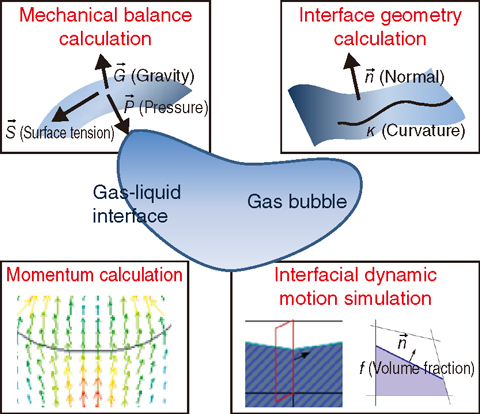
Fig.7-10 Conceptual diagram of a high-precision simulation method
Table 7-1 Numerical error in a slotted-disk revolution problem
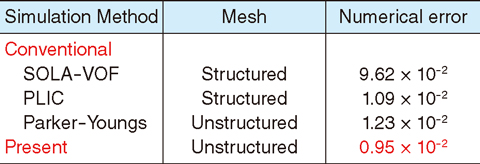
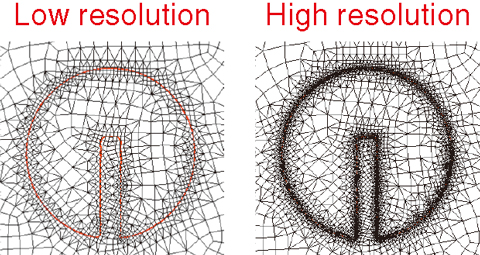
Fig.7-11 Reproduction of a slotted-disk shape with an adaptive mesh scheme
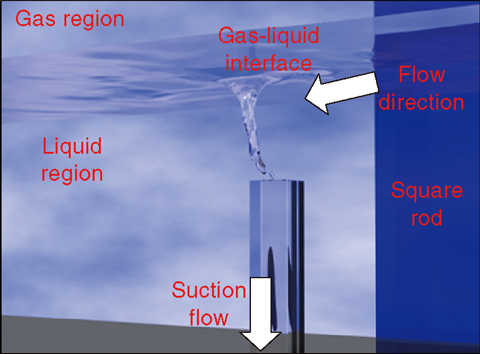
Fig.7-12 Simulation result of gas entrainment due to interface elongation along the vortex core
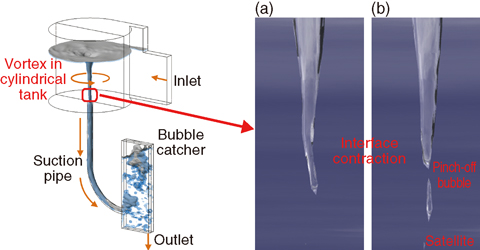
Fig.7-13 Simulation result of bubble pinch-off
Thanks to significant advances in computer performance and numerical simulation techniques, numerical simulations of complicated nonlinear phenomena can be performed in recent years. Therefore, we are developing specialized simulation codes to address several thermal-hydraulics issues in sodium-cooled fast reactors (SFRs). One most important issue is the gas entrainment (GE) at the cover gas-coolant interface, wherein a highly intensified vortex induces interface elongation along the vortex core and the bubble pinch-off (entrainment) occurs at the tip of the elongated interface. The entrained gas bubbles may cause disturbances in the reactor power or degradation of the heat exchanger efficiency, and therefore, the occurrence of GE should be suppressed in SFRs. Therefore, we are developing a high-precision numerical simulation method for gas-liquid two-phase flows to evaluate the GE occurrences in SFRs and to enhance the safety of SFRs by establishing a GE-free design.
There are various simulation models for gas-liquid two-phase flows. Among them, we have chosen the volume-of-fluid method, a well-used interface-tracking method, to accurately simulate the interfacial dynamic motion. In addition, the unstructured mesh scheme is employed to treat exact structural geometry in numerical simulations. Fig.7-10 shows the conceptual diagram of our high-precision simulation method for gas-liquid two-phase flows wherein various physical behaviors, e.g., the interfacial shape change, are modeled accurately on the basis of rigorous conservation equations. Such an accurate model can perfectly eliminate unphysical behaviors, e.g., the spurious current observed in conventional simulation results. More importantly, the grid convergence of the numerical solution is achieved by our method. As a result, it is shown in Table 7-1 and Fig.7-11 that our high-precision simulation method provides at least 20%-30% smaller numerical error than the conventional simulation codes for the well-known slotted-disk revolution problem.
The GE phenomena in elemental experiments are also simulated, as shown in Figs.7-12 and 7-13. The simulation results show that the interface elongation along the vortex core (Fig.7-13(a)) is well reproduced and that the bubble pinch-off at the tip of the interface (Fig.7-13(b)) can be evaluated. In addition, the entrained gas flow rate in the simulation result agrees well with the experimental data, that is, we can achieve a simulation-based evaluation of the GE phenomena in SFRs.